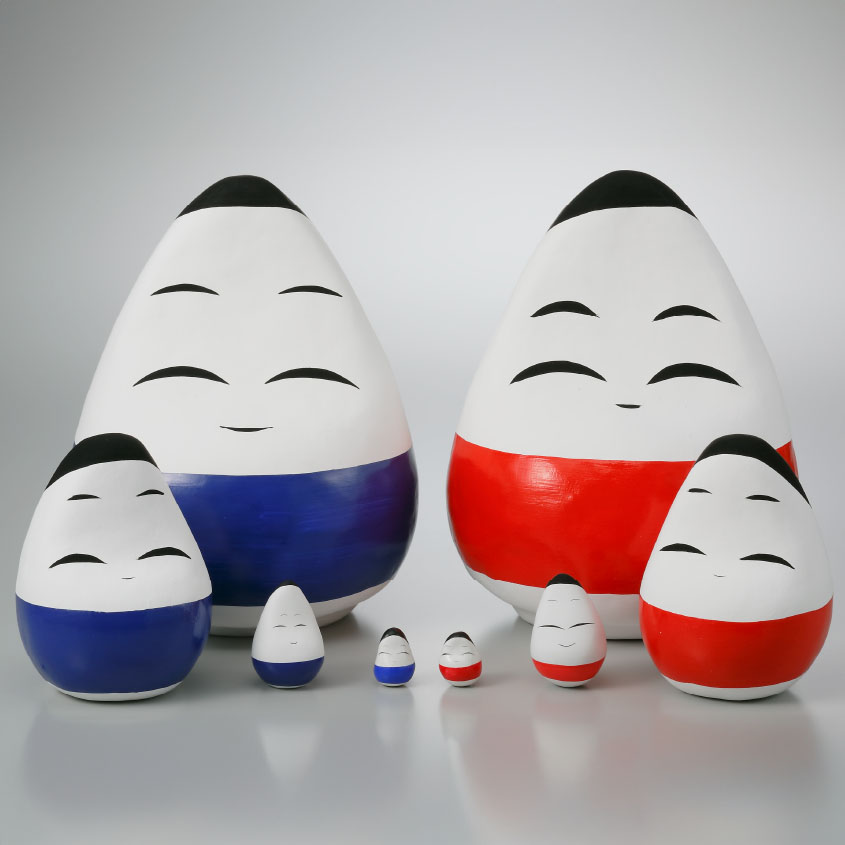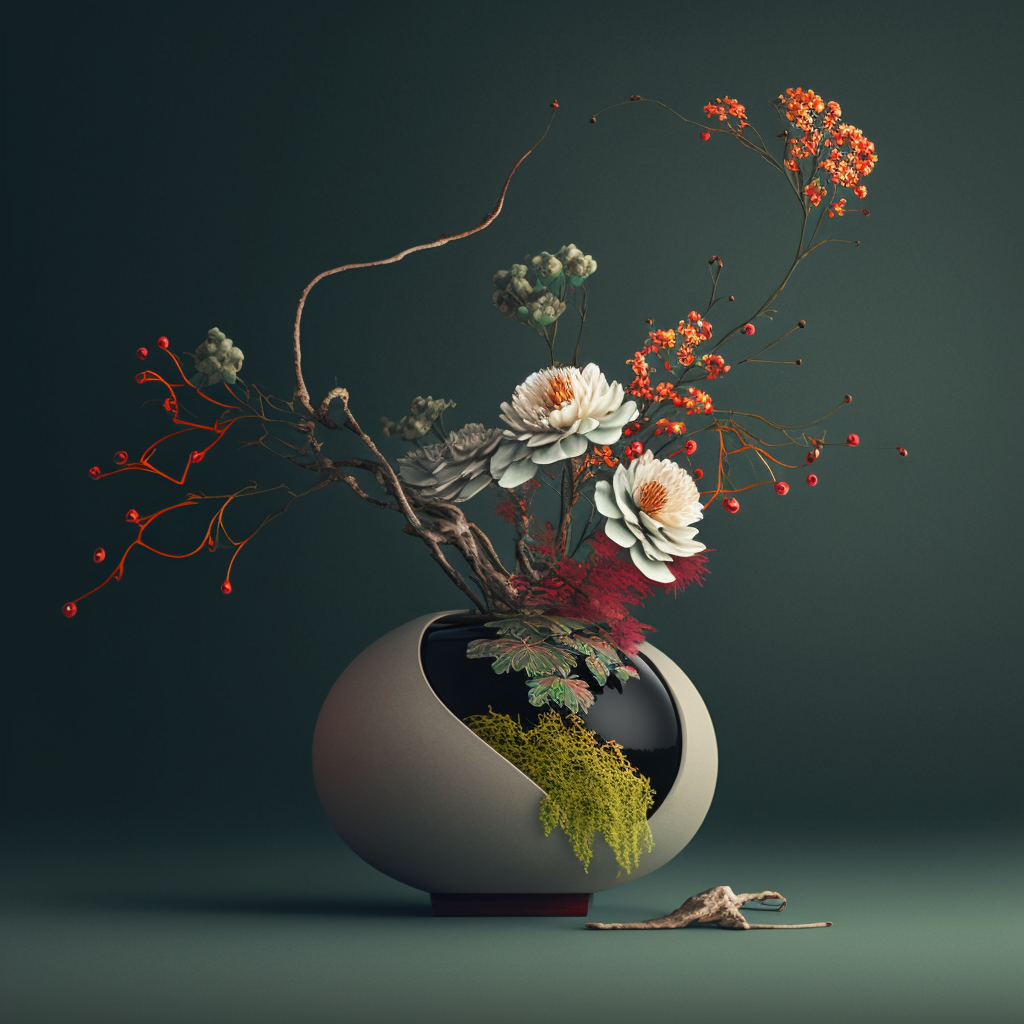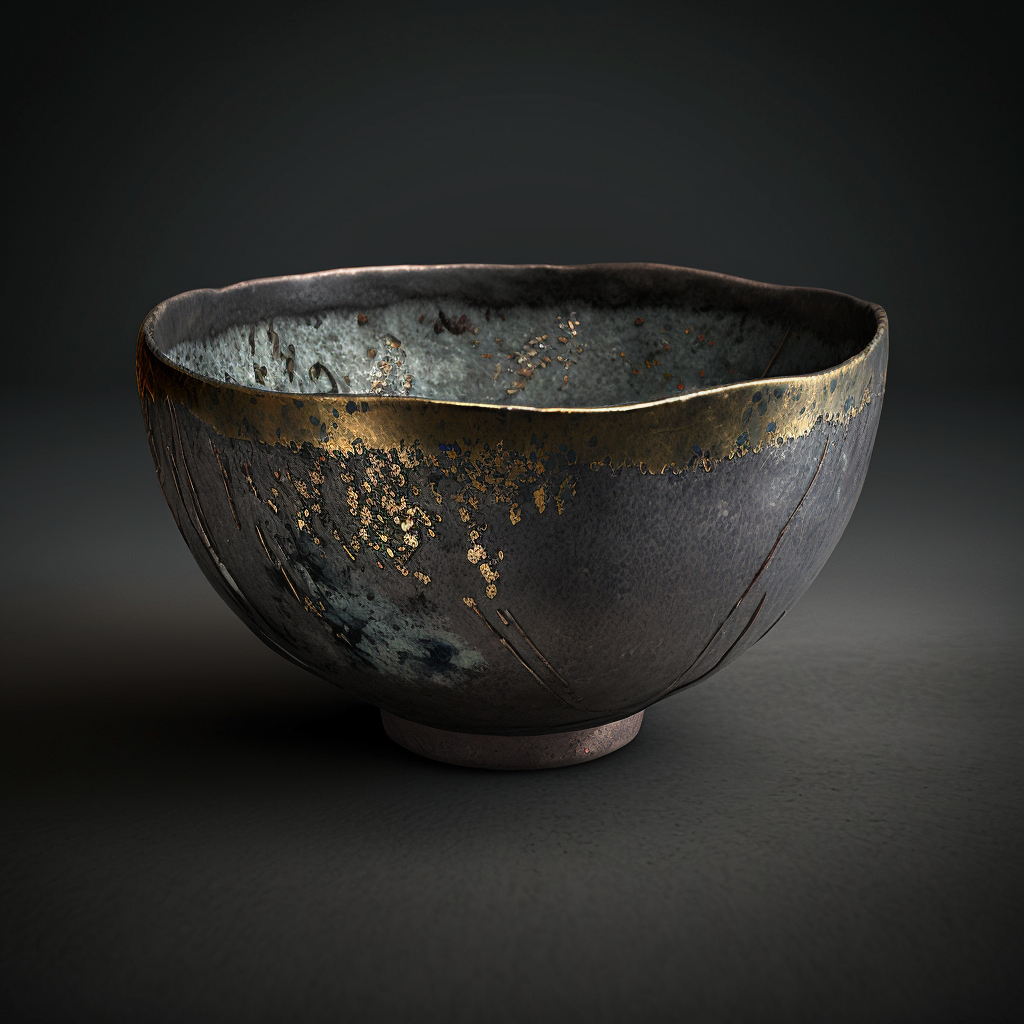Okiagari-koboshi dolls, also known as Okiagari-kobōshi, are a form of traditional Japanese crafts. Indeed, this craft embodies strength, perseverance and resilience. These little stylized dolls have a rich history and are imbued with symbolism. They play a central role in celebrating the ability to get back up after hardship. Let’s dive into the captivating world of Okiagari-koboshi.
Historical Origins
The origins of Okiagari-koboshi dolls date back several centuries, linked to the practices and beliefs of feudal Japan. Originally, these dolls were made from rice dough. But over time, papier-mâché became the preferred material for making them. Japanese artisans brought these little figurines to life with meticulous skill. Thus they were able to create works of art that transcend their simple decorative aspect.
Symbolism of Okiagari-koboshi dolls
Okiagari-koboshi embodies resilience in the face of adversity. The particular shape of these dolls makes them special. In fact, they are designed in such a way that, when tilted, they straighten up by themselves. This physical characteristic makes Okiagari-koboshi dolls a powerful symbol of the ability to get up after a fall. They call to people the inner strength that resides in each person.
Okiagari-koboshi dolls making process
Creating an Okiagari-koboshi is a delicate craft process. The craftsmen begin by forming a wooden or bamboo frame, which will serve as the base of the doll. Then, several layers of papier-mâché are applied to this structure, creating a light and strong body. Once the papier-mâché has dried, artisans bring the doll to life by painting it with traditional designs. Some Okiagari-koboshi are even covered in gold leaf, adding a touch of luxury to these little creations.
Usage and Meaning
Okiagari-koboshi are often given as good luck charms, symbolizing the ability to overcome life’s difficulties. These dolls are also used in ceremonies and festivals, where they are displayed as a reminder of the value of perseverance and determination. Some also use them as meditation objects, tilting and straightening them to mentally reinforce the notion of resilience.
Regional Variations
Across Japan, different regions have developed their own variations of Okiagari-koboshi, each emphasizing unique artistic styles and specific cultural meanings. These variations reflect the diversity of Japanese craft heritage and show how a tradition can evolve while preserving its fundamental essence.
Cultural Impact
Beyond its decorative role, Okiagari-koboshi has found its place in contemporary Japanese culture. These dolls have become symbols of motivation and inspiration, reminding people of the resilience inherent in human nature. They are also popular with collectors of Japanese art and lovers of traditional souvenirs.
In conclusion, the Okiagari-koboshi represents much more than a simple handmade doll. It is a living testimony to the richness of Japanese culture and the timeless ability of man to rise again after trials. These small artistic creations will likely continue to captivate future generations, sharing a timeless lesson of resilience and optimism.



